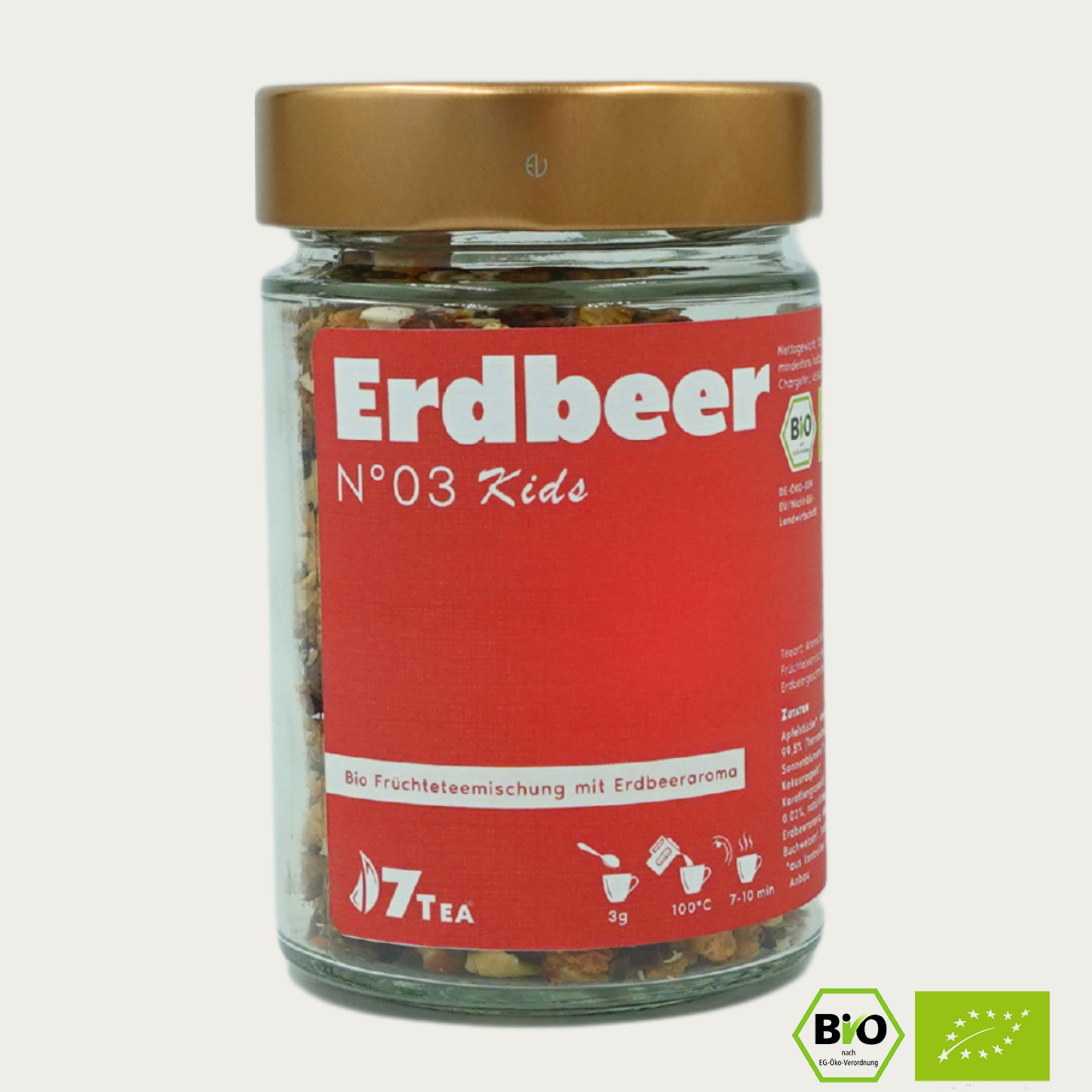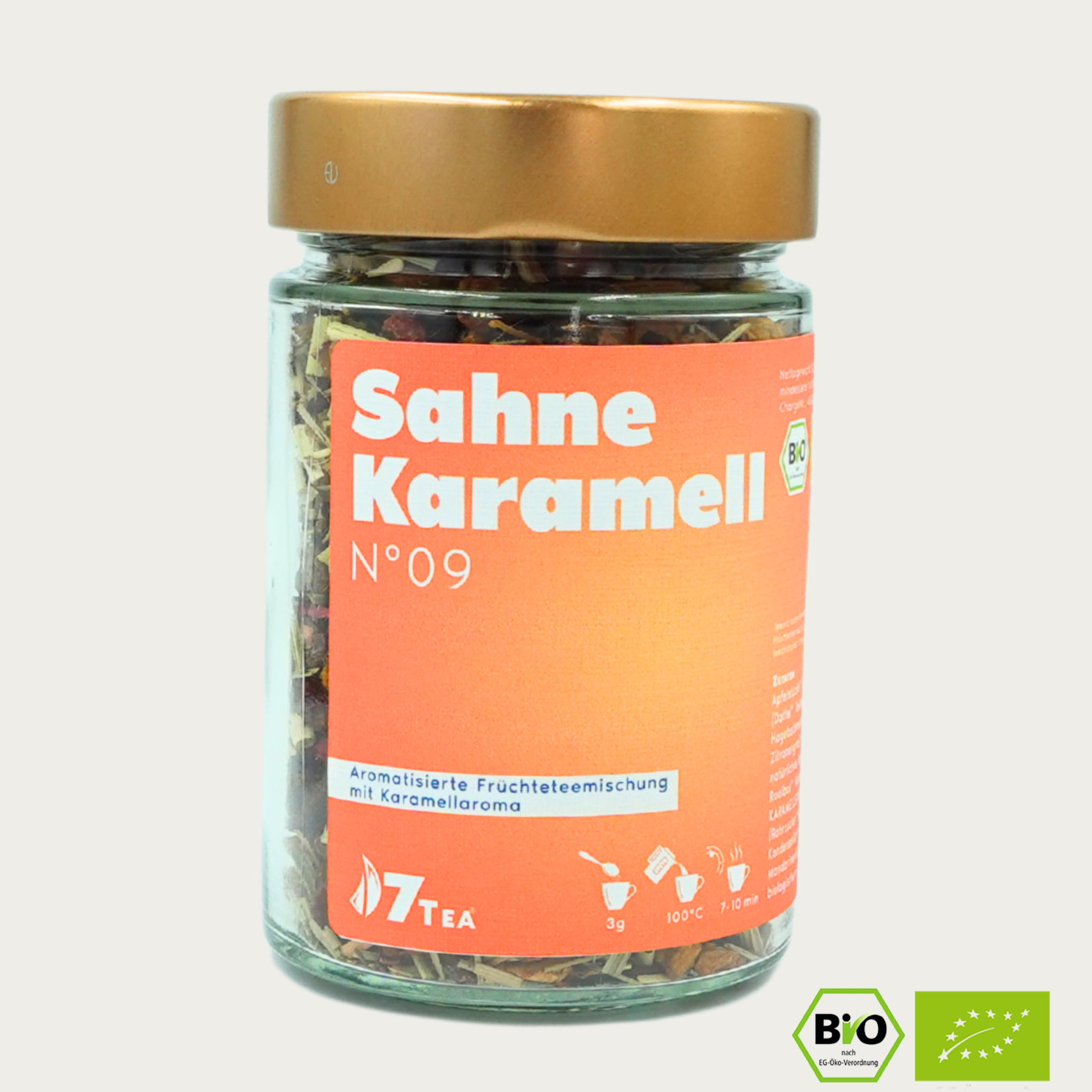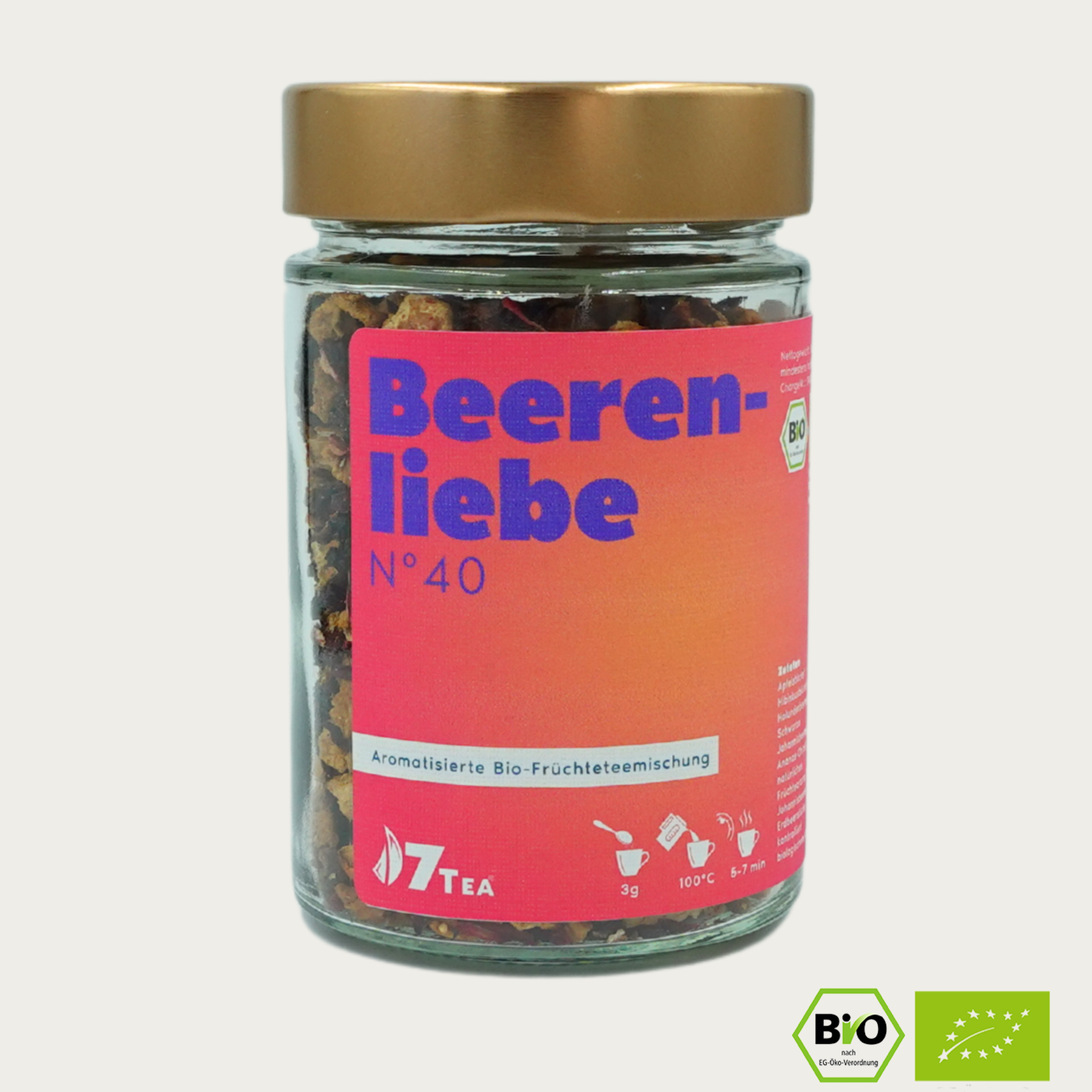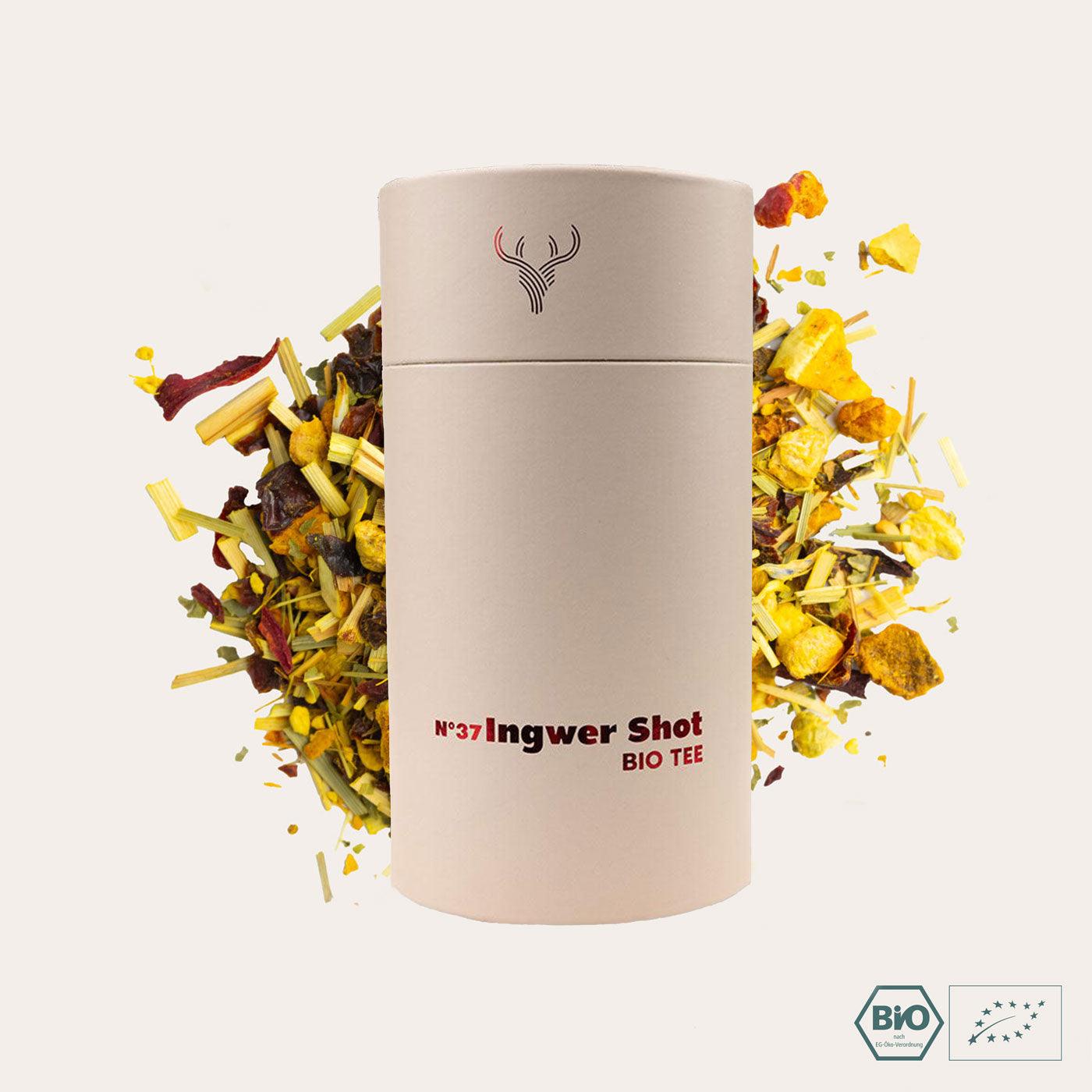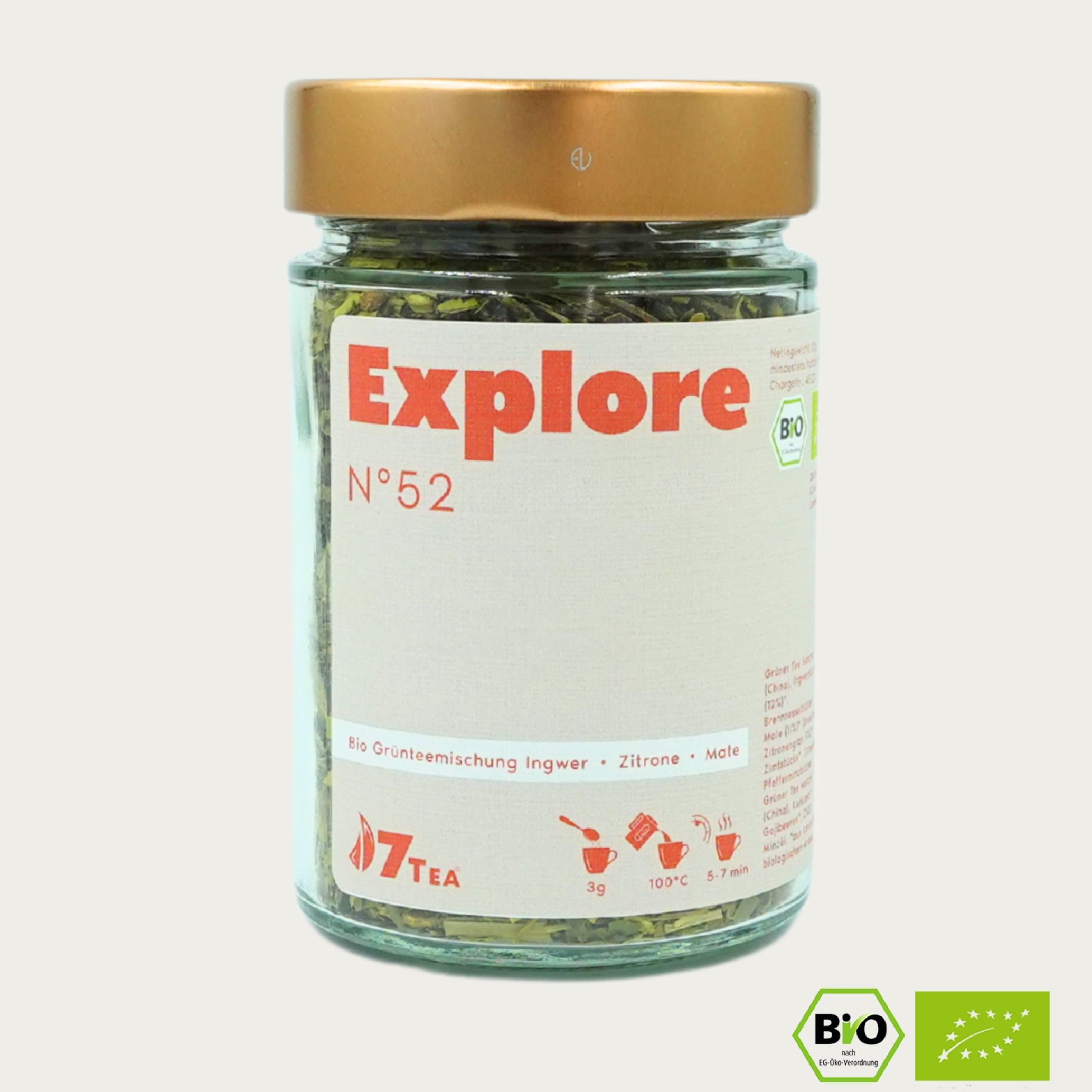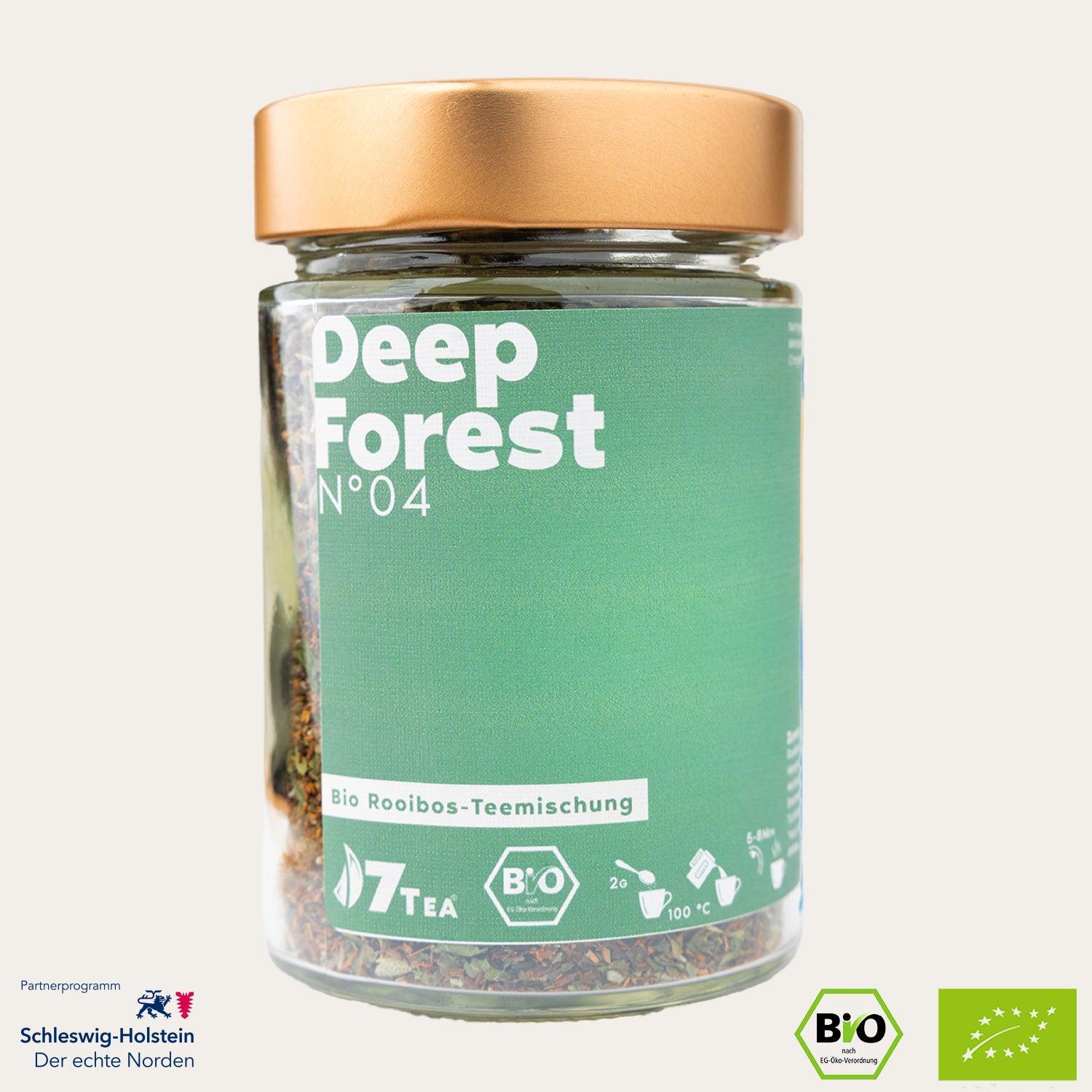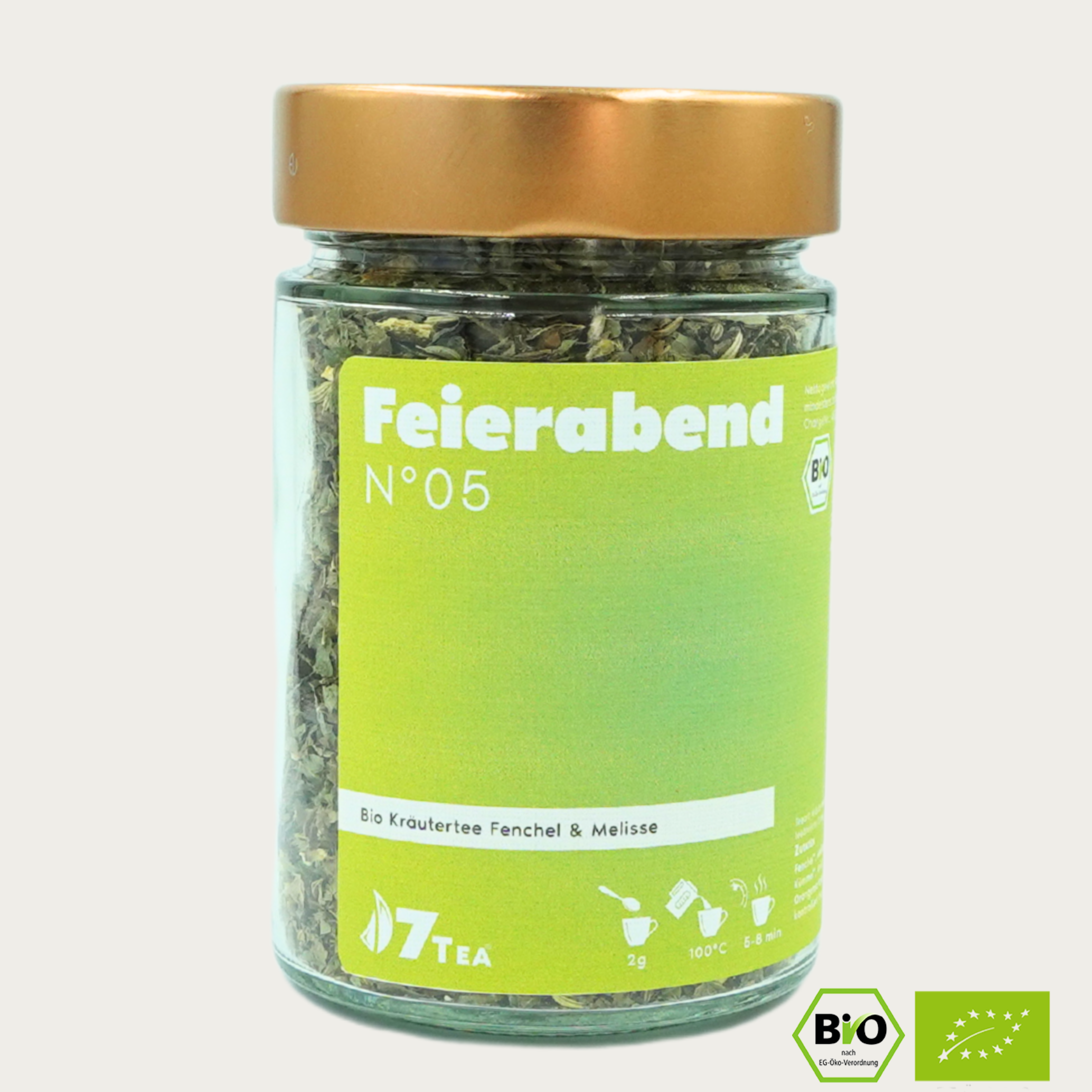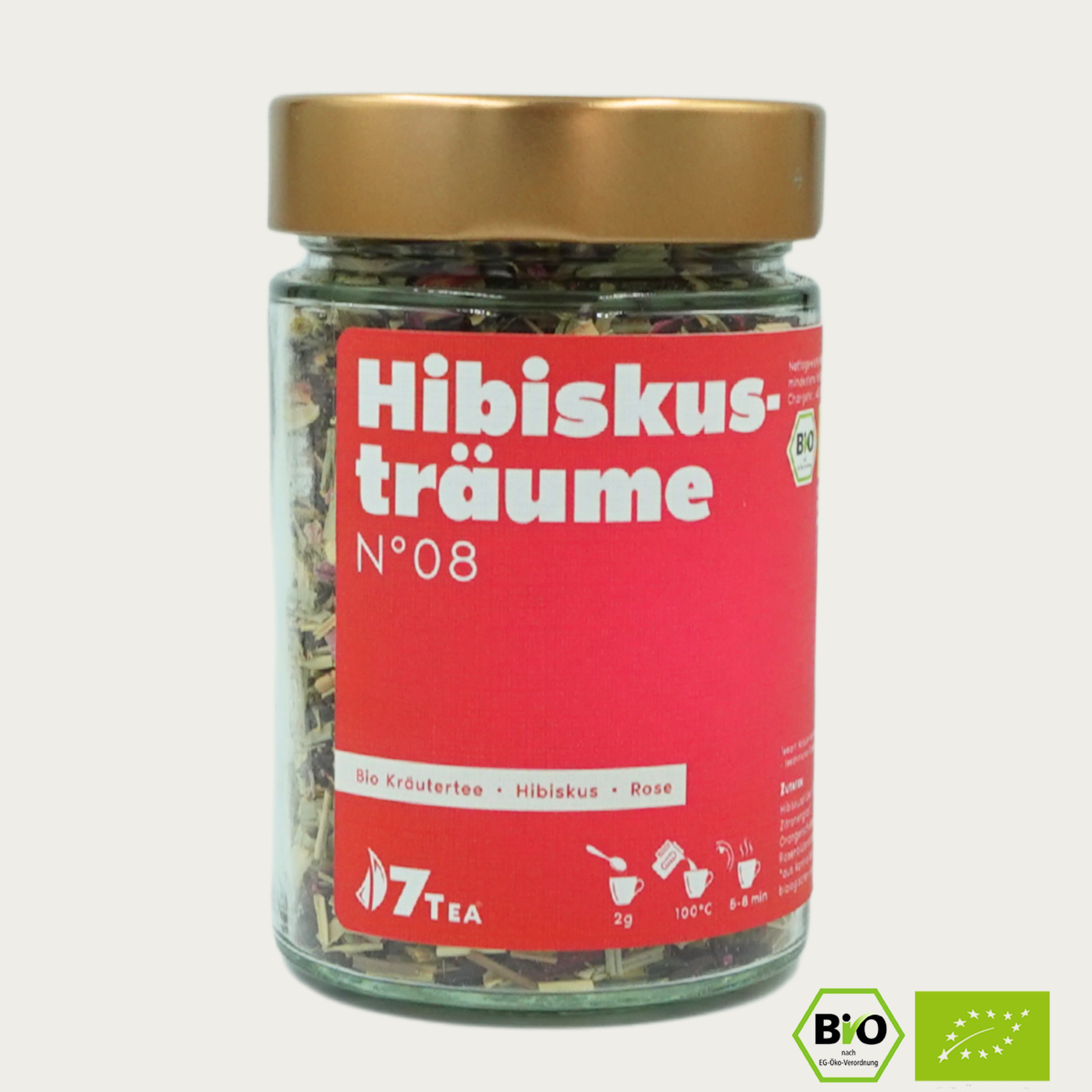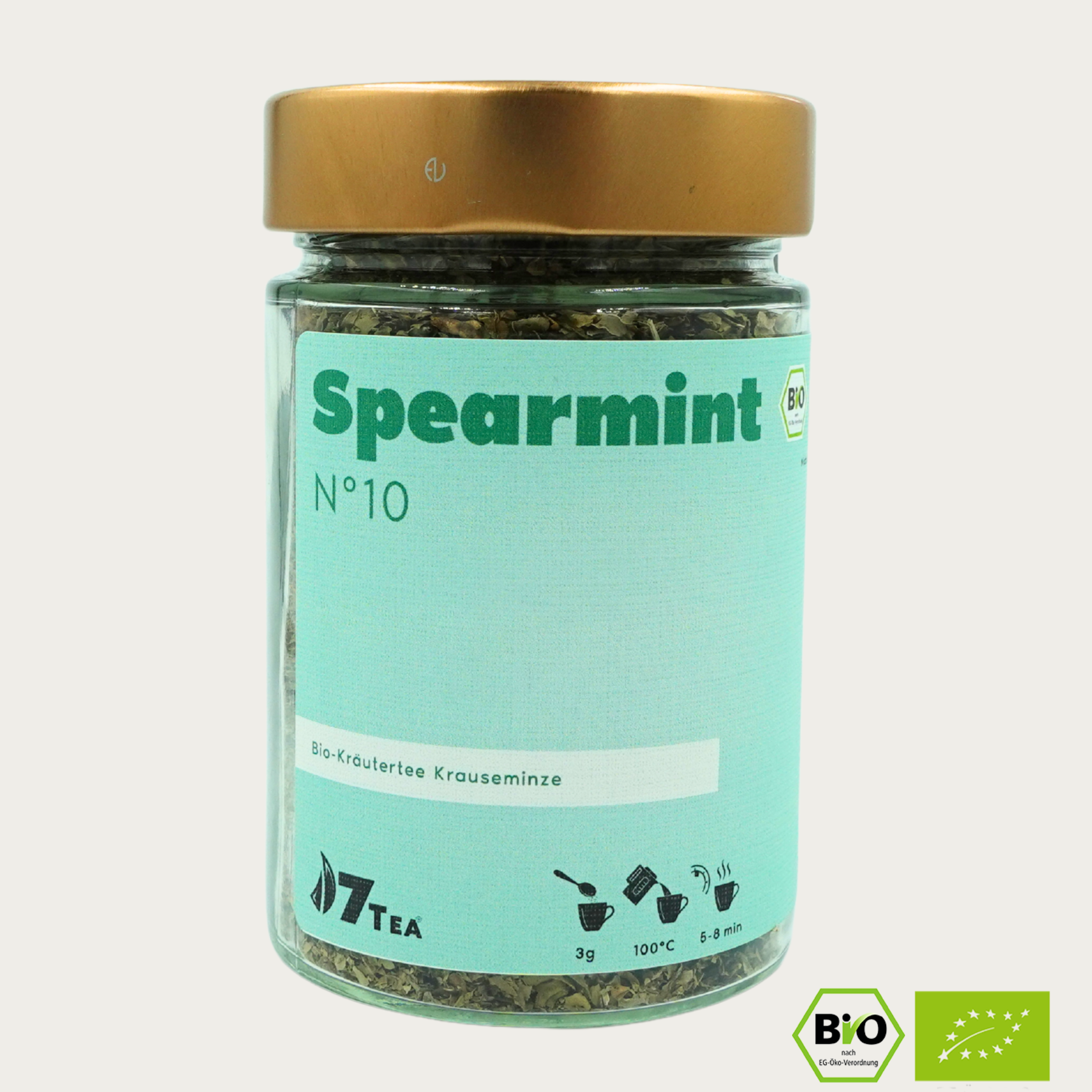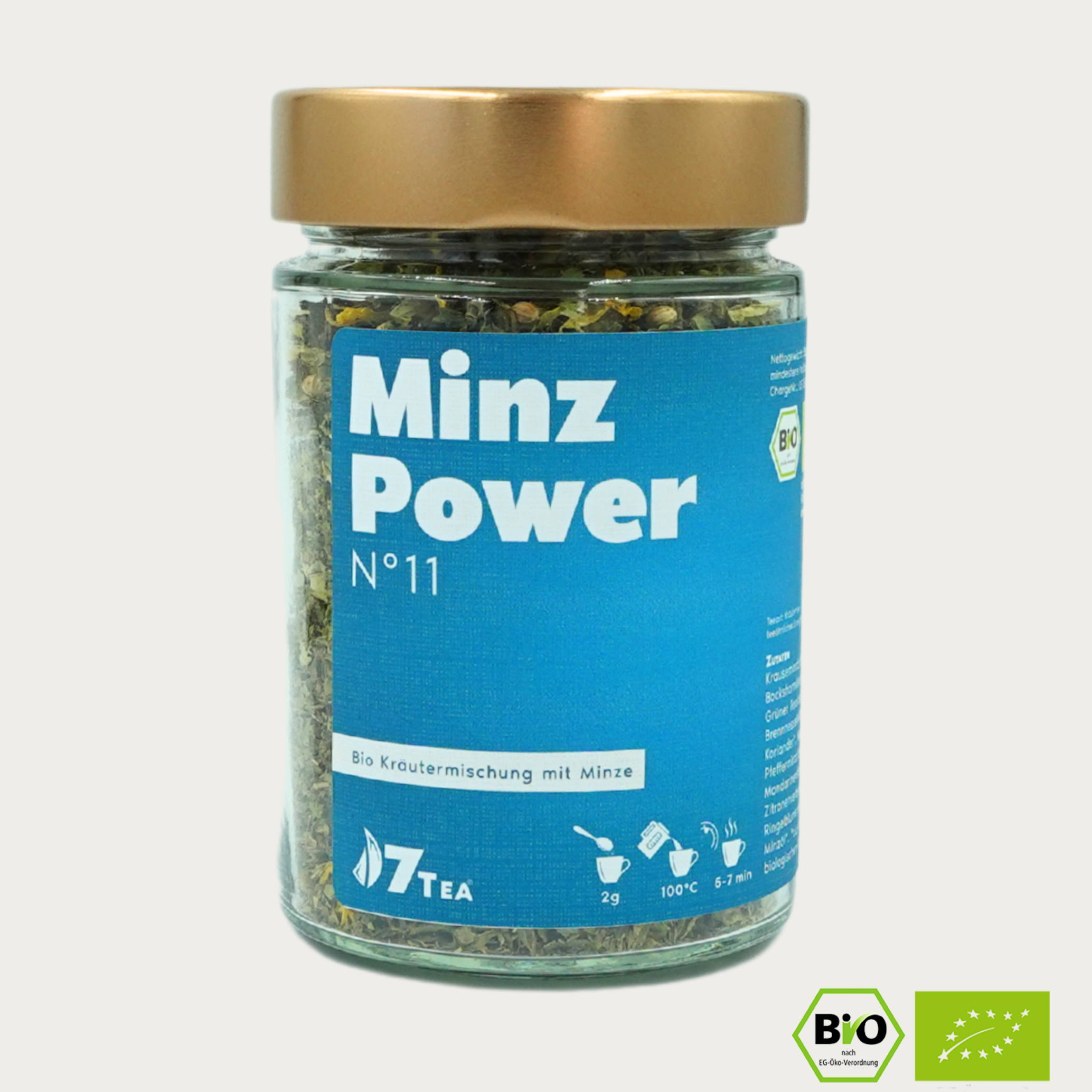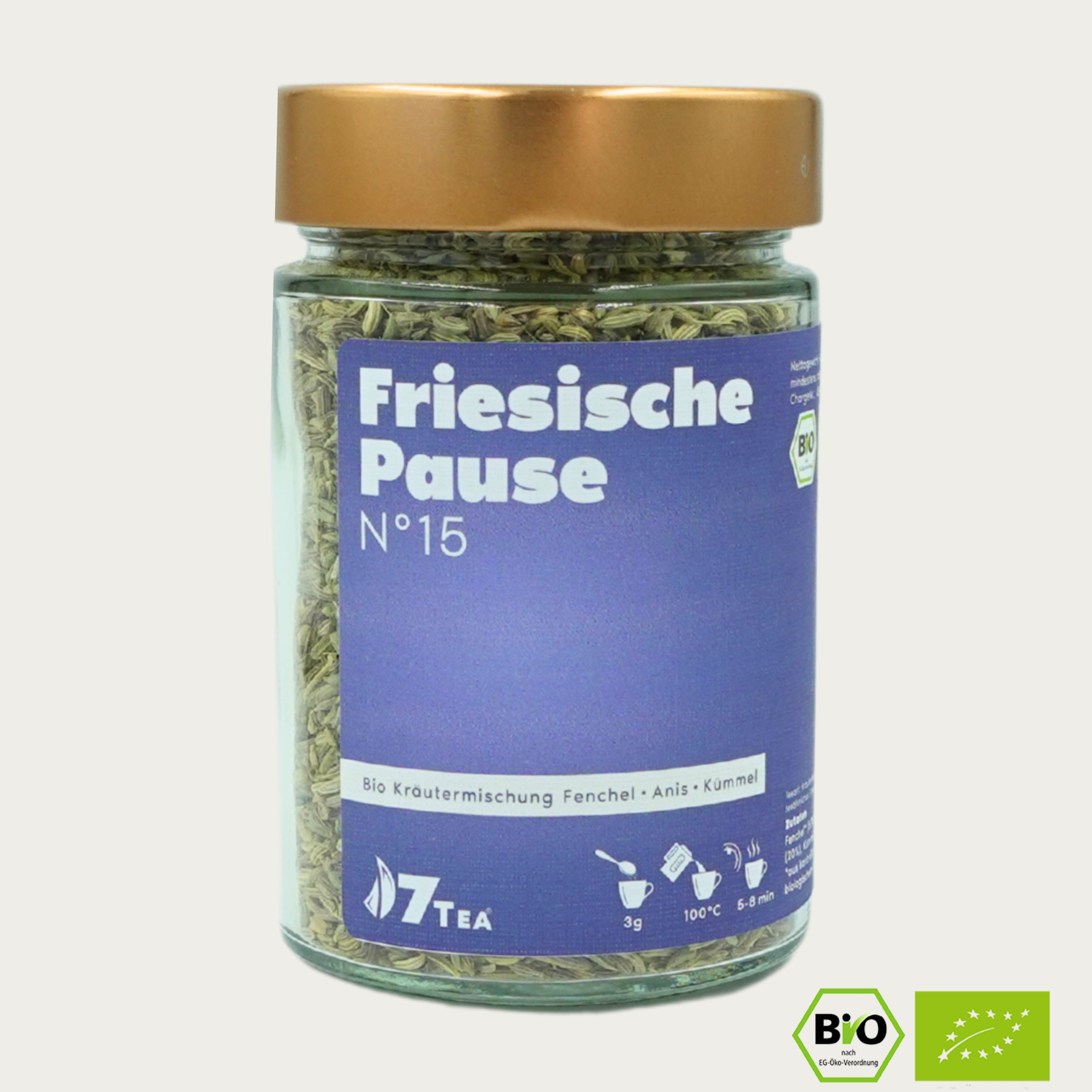Lemongrass: An aromatic herb with versatile benefits
Table of contents:
- Introduction
- What is Lemongrass?
- Traditional Uses of Lemongrass
- Health Benefits
- Culinary uses of lemongrass
- How to Grow and Harvest Lemongrass
- Final Thoughts
Introduction
Known for its fresh, lemon-like aroma, lemongrass is a versatile herb valued in many parts of the world.
What is Lemongrass?
Lemongrass (Cymbopogon citratus) is a tropical plant widely used in Asian cuisine and traditional medicine. It is known for its strong citrus aroma and long, grass-like leaves.
Traditional Uses of Lemongrass
In traditional medicine, lemongrass is used to treat digestive problems, fever, and as a relaxant. It also has a history of use as a natural insect repellent.
Health Benefits
- Anti-inflammatory : Lemongrass contains compounds that have anti-inflammatory properties.
- Antioxidant : It is rich in antioxidants that help protect the body from oxidative stress.
- Digestive : Lemongrass can support digestion and relieve stomach problems.
Culinary uses of lemongrass
Lemongrass is a popular herb in Asian cuisine, particularly in Thai, Vietnamese and Indian dishes. It is often used in curries, soups and teas.
How to Grow and Harvest Lemongrass
Lemongrass is an easy-care plant that can be grown in warm climates or as a potted plant in temperate climates. It is harvested by cutting off the outer leaves and using the inner parts for culinary purposes.
Final Thoughts
Lemongrass is an aromatic and health-promoting herb that has a variety of uses in cooking and traditional medicine. It is a valuable addition to any herb garden and kitchen.





